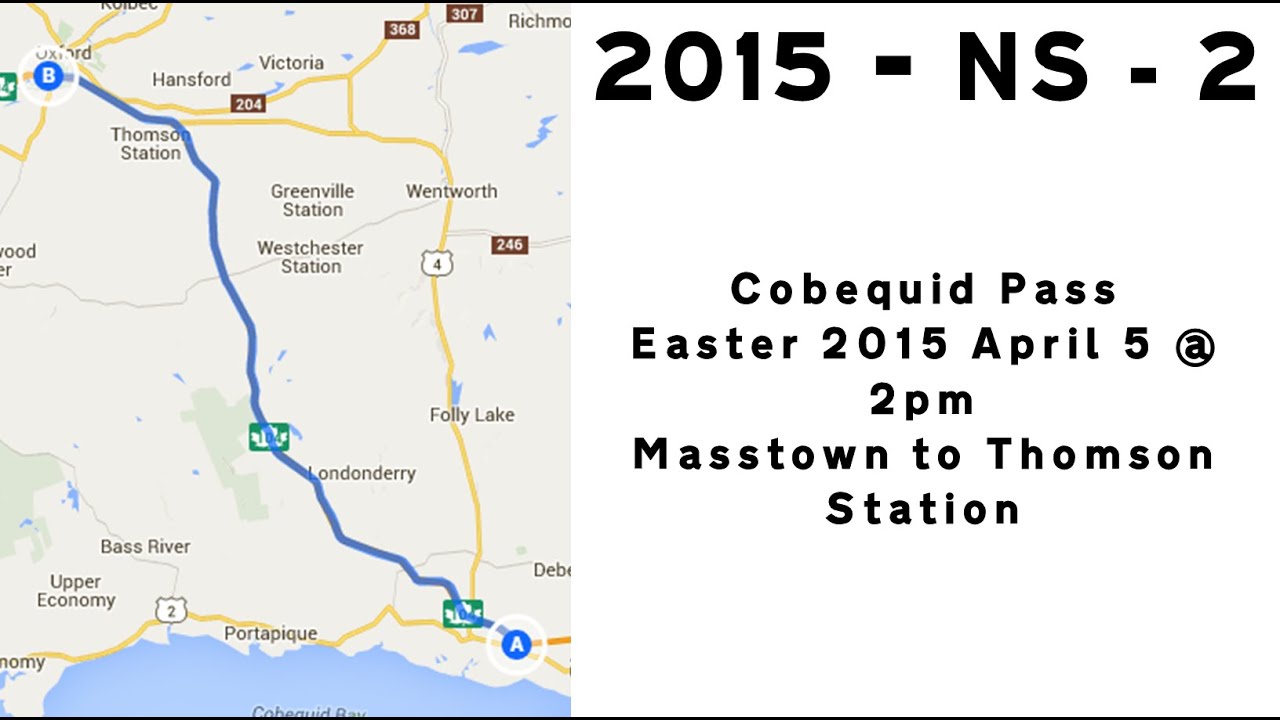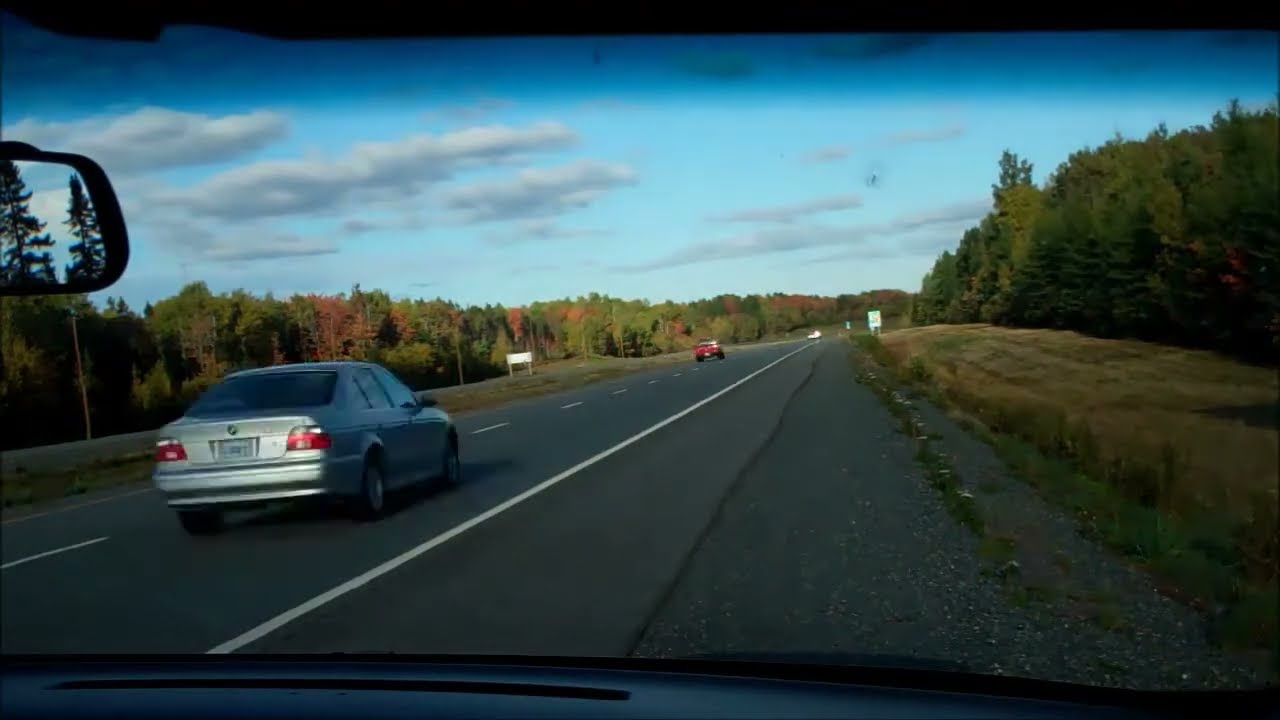Cobequid Pass Camera provides a comprehensive overview of the traffic monitoring system implemented along the vital Cobequid Pass. This system utilizes a network of strategically placed cameras to enhance road safety, manage traffic flow, and improve emergency response times. The cameras offer real-time visibility into traffic conditions, allowing for proactive interventions and efficient incident management. This detailed analysis explores the technology, functionality, and societal impact of this important infrastructure.
The system’s capabilities extend beyond basic surveillance. Advanced features, such as night vision and zoom capabilities, ensure effective monitoring across varying weather conditions and time of day. Data from the cameras contributes significantly to improving road safety by aiding in accident investigation and deterring unsafe driving practices. Public access to the feeds, while subject to limitations, provides valuable information to drivers and enhances overall transparency.
Cobequid Pass Camera System Overview

This article provides a comprehensive overview of the Cobequid Pass camera system, encompassing traffic conditions, camera locations and functionality, data usage, accessibility, technological aspects, and potential future improvements. The information presented aims to provide a clear understanding of the system’s role in enhancing road safety and traffic management within the Cobequid Pass area.
Cobequid Pass Traffic Conditions

Understanding traffic patterns and their impact on the Cobequid Pass is crucial for effective road management. Traffic flow is significantly influenced by time of day and weather conditions. Incidents further complicate traffic flow, causing delays and potential safety hazards.
The Cobequid Pass camera provides a fascinating real-time view of traffic flow, a stark contrast to the controlled chaos of a large-scale drone show. The recent issues highlighted in the news regarding the orlando drone show malfunction underscore the complexities of coordinating multiple autonomous units. Such malfunctions serve as a reminder of the sophisticated technology needed for even seemingly simple operations, compared to the relatively straightforward monitoring of the Cobequid Pass camera.
| Time of Day | Weather Conditions | Traffic Volume | Incident Types |
|---|---|---|---|
| Peak Hours (7-9 AM, 5-7 PM) | Clear, Sunny | High, Congestion Possible | Minor Accidents, Vehicle Breakdowns |
| Off-Peak Hours | Overcast, Rainy | Moderate | Reduced Visibility Incidents |
| Peak Hours | Snow, Ice | Low to Moderate, Significant Slowdowns | Accidents, Road Closures |
| Nighttime | Fog | Low | Reduced Visibility Incidents |
Camera Locations and Coverage
Several strategically placed cameras monitor the Cobequid Pass, providing comprehensive coverage. Each camera offers a specific field of view and utilizes varying camera technologies for optimal monitoring.
A detailed map (not included here, but envisioned as a visually clear map) would illustrate the precise locations of each camera, showing their coverage areas. For example, Camera 1, located near the western entrance, would have a wide field of view covering the initial stretch of the pass. Camera 2, positioned midway, would provide coverage of a central section, and Camera 3, at the eastern end, would monitor the exit area.
The types of cameras employed would vary based on location and need; some might be static, while others might be pan-tilt-zoom (PTZ) cameras to allow for wider surveillance and zooming capabilities.
Camera Image Quality and Functionality
The Cobequid Pass cameras provide high-resolution images, ensuring clarity for monitoring and incident response. Image quality is maintained across varying lighting conditions, with features like night vision enhancing visibility in low-light situations. The cameras offer zoom capabilities, allowing for detailed observation of specific areas. Compared to similar systems in other locations, the Cobequid Pass cameras maintain a high standard of image quality and functionality.
Use of Camera Footage for Safety and Management

Camera footage plays a vital role in enhancing road safety and managing traffic flow. The footage is instrumental in identifying and responding to incidents, aiding law enforcement, and providing data for traffic management improvements.
For instance, imagine a scenario where a multi-vehicle accident occurs during peak hours. The camera footage would allow authorities to quickly assess the situation, dispatch emergency services, and implement traffic diversions, minimizing disruption and ensuring the safety of those involved. The footage could also be used to investigate the cause of the accident and prevent similar incidents in the future.
Accessibility and Public Availability of Camera Feeds, Cobequid pass camera
Access to live or recorded footage from the Cobequid Pass cameras is currently [State whether it’s publicly available or not, and the method of access]. This decision is based on a balance between public safety and privacy concerns.
- Pros of Public Access: Increased transparency, enhanced public awareness of traffic conditions, potential for citizen reporting of incidents.
- Cons of Public Access: Privacy concerns, potential misuse of footage, potential for increased anxiety or traffic congestion due to constant monitoring.
Technological Aspects of the Camera System

The Cobequid Pass camera system utilizes a robust network infrastructure for reliable data transmission and storage. Recorded footage is stored securely using [Describe the storage method, e.g., cloud-based storage, on-site servers], ensuring data integrity and accessibility. Regular maintenance and system updates are performed to ensure optimal functionality and security. Data security and privacy protocols are implemented to protect sensitive information.
Future Improvements and Considerations
Future improvements to the Cobequid Pass camera system could include integrating AI-powered analytics for automated incident detection and traffic flow optimization. The feasibility of such improvements would need to be assessed based on cost-benefit analysis. Other potential enhancements include upgrading to higher-resolution cameras and implementing advanced weather monitoring capabilities.
- Upgrade to higher-resolution cameras
- Implement AI-powered analytics for automated incident detection
- Integrate advanced weather monitoring capabilities
- Improve network infrastructure for enhanced reliability
The Cobequid Pass camera system stands as a testament to the power of technology in enhancing road safety and traffic management. By combining advanced surveillance capabilities with efficient data management, this system provides real-time insights into traffic conditions, leading to more informed decision-making and proactive responses to incidents. Future enhancements, such as AI-powered analytics, promise even greater efficiency and effectiveness in managing this critical transportation corridor.
The system’s ongoing development reflects a commitment to improving safety and optimizing the flow of traffic for all users of Cobequid Pass.
The Cobequid Pass camera provides a fascinating real-time view of Nova Scotia’s landscape. It’s interesting to consider the technological challenges involved in maintaining such a live feed, especially when comparing it to the complexities of large-scale drone shows, like the one detailed in this report on the orlando drone show malfunction. The intricacies of coordinating numerous drones highlight the potential for unforeseen issues, a stark contrast to the seemingly simpler, yet equally important, task of keeping a single, stationary camera operational.
Helpful Answers: Cobequid Pass Camera
What is the legal basis for using the camera footage?
Monitoring traffic flow at Cobequid Pass is aided by strategically placed cameras. The technology involved in such surveillance systems is quite advanced, similar to the sophisticated drone choreography needed for a spectacular light show, such as the one showcased at the florida drone show. Indeed, the precision required for both applications highlights the importance of reliable technology in capturing and displaying real-time information.
Cobequid Pass camera feeds, therefore, provide valuable data for traffic management.
The legal framework surrounding the use of camera footage likely involves provincial privacy laws and traffic regulations. Specific details would need to be confirmed through official channels.
How often are the cameras maintained?
Maintenance schedules would vary depending on factors such as weather conditions and system needs. Regular inspections and preventative maintenance are crucial for ensuring optimal functionality.
What happens to the recorded footage after a certain period?
Data retention policies would dictate how long footage is stored. Factors such as storage capacity and legal requirements influence this timeframe. Old footage is likely archived or deleted after a defined period.
